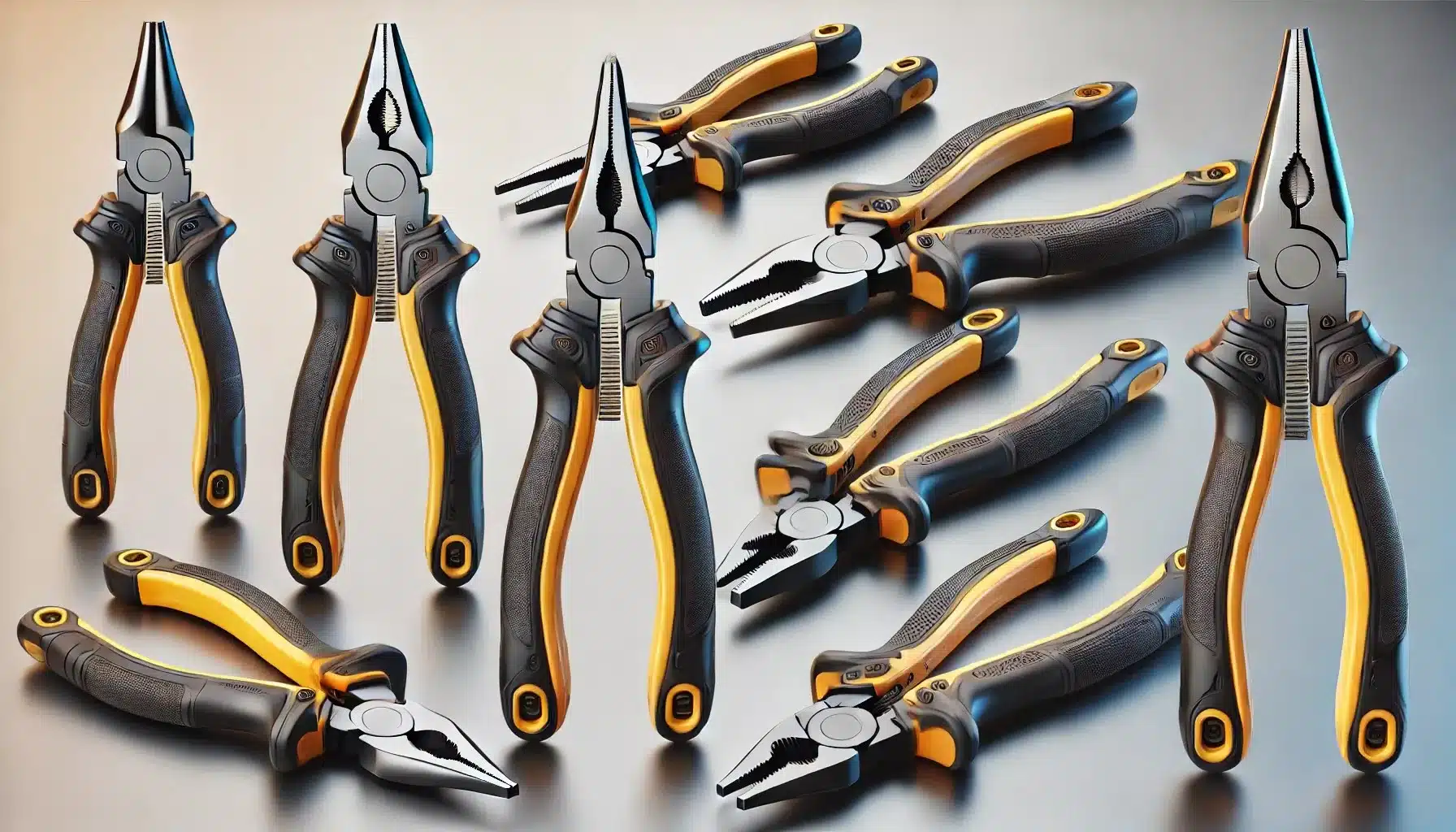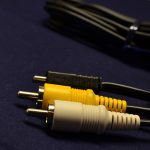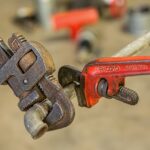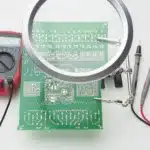
Introduction
Choosing the right tools is essential for getting the job done efficiently, and combination pliers stand out for their multi-purpose functionality. With so many options available, navigating the world of these pliers can feel overwhelming, especially when you are new to using tools. This guide provides beginners with the basic knowledge to help them make an informed decision when purchasing their first pair.
What are Combination Pliers? Definition and Functionalities
Combination pliers, often called lineman’s pliers in some regions, are multi-purpose hand tools designed to perform various functions. They are called combination pliers as they combine multiple functions in one tool, including gripping, twisting, and cutting wires, cables, and other materials. The jaws of a combination plier are flat and serrated, making it an ideal tool for gripping various objects, such as nuts, bolts, and wires. Additionally, with insulated handles, they also feature a cutting edge near the joint to cut wires, nails, and other materials. This dual functionality makes combination pliers a valuable tool for multiple professional and DIY tasks, from basic repairs to more complex projects.
Understanding Different Types of Combination Pliers
While the basic design remains the same, combination pliers come in various sizes and with different features to suit specific needs. Some standard types include:
- Standard Combination Pliers – These are the most common type, suitable for general-purpose use.
- High-Leverage Combination Pliers – These pliers have a longer handle and a joint closer to the cutting edge, providing more leverage for cutting thicker wires.
- Insulated Combination Pliers – These are VDE-insulated pliers with specially insulated handles designed to protect the user from electric shock when working on live wires or circuits.
- Combination Pliers with Wire Strippers – Some combination pliers include built-in wire strippers for removing insulation from wires.
- Heavy-Duty Combination Pliers – These tools feature larger jaws and stronger cutting edges designed for industrial or heavy-duty tasks.
- Mini Combination Pliers – These are smaller in size and ideal for precision tasks in crafting or working with delicate materials.
Why Is It Important to Consider Different Parameters When Buying a Combination Plier?
When buying a combination plier, it’s important to consider several factors beyond just the price. These parameters allow you to choose a product that provides the best balance of performance, comfort, and value for your specific needs. Additionally, ascertaining various selection criteria helps ensure the tool is capable of doing the job effectively, saving time and effort, reducing errors, improving productivity, and reducing replacement costs.
Combination Plier Selection Guide: What to Consider when Buying One
When shopping for combination pliers, especially when you are a beginner, consider the following features:
Material and Construction
The best combination pliers should be durable and reliable, usually made from high-grade steel. Look for pliers made from chromium-vanadium or carbon steel, and ensure they have a rust-resistant finish. The construction should be solid, with no wobbly parts or gaps between the handles when closed.
Handle Comfort and Grip
Since you’ll be using these pliers frequently, the handle comfort is paramount. Look for pliers with ergonomically designed handles that fit comfortably in your hand. Rubberised or padded grips help reduce fatigue and provide better control, especially when working with slippery or hard-to-grip materials.
Size and Length
They come in various sizes, typically ranging from 6 inches to 10 inches. Smaller pliers are ideal for precision tasks, while larger ones provide greater leverage for heavy-duty applications.
Jaw Design
These tools vary in jaw designs, so consider what you’ll be using them for most often. Some jaws are serrated for better grip, while others might have a smoother surface for handling delicate items. The size and shape of the nose (the tip of the jaws) can also affect how easily you can reach into tight spaces.
Cutting Edge
The cutting edges on bespoke pliers should be sharp and durable. They are typically designed to cut through soft metals like copper and aluminium wire. For harder wires, ensure the cutting edge is specially hardened to withstand the extra strain.
Brand and Warranty
Reputable brands like Bahco, Knipex, Stanley, Klein Tools, and Irwin often provide higher-quality products with warranties, ensuring reliability and peace of mind.
Price vs. Value
While budget options are tempting, investing in high-quality pliers ensures better performance and longer tool life.
Additional Features
Some combination pliers have extra features, such as wire strippers or crimping tools integrated into the body. While these features can increase the cost, they also add functionality, making the tool more versatile and valuable in your kit.
Final Thoughts
Combination pliers are indispensable multipurpose tools for beginners and professionals alike. By understanding and considering the different parameters outlined in the article, you can confidently choose a pair that suits your needs. Investing in high-quality pliers ensures durability, safety, and efficiency. With the insights from this guide, you’re well-equipped to make an informed purchase and add this versatile tool to your collection.





















